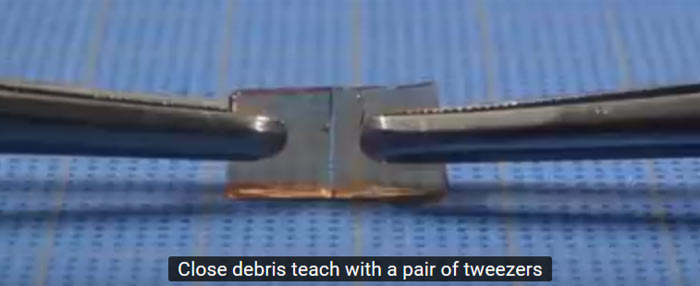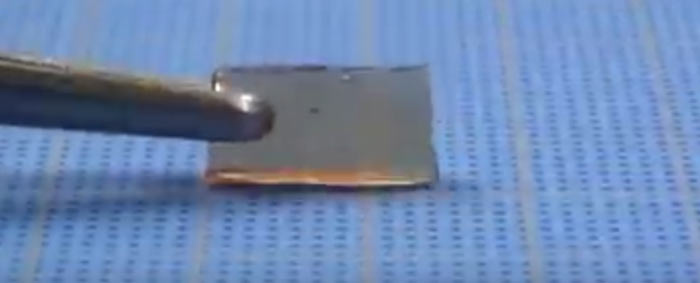The problem of broken glass, as an inconvenience, expense, and waste issue is brought sharply into focus for many who are unfortunate enough to drop their smartphone. If you drop your prized and valuable pocket communications and computational gadget from a little too high, or at a particular angle/ energy, onto an unforgiving surface the result is very likely to be a shattered display, or worse.
Smart device makers and specialist glass makers like Corning seem to make glass toughness and durability advances every year but broken screens are still a big problem, even with the newest high-end devices. A few years ago we saw LG create a scratch resistant and self healing back for the LG G Flex 2, but most people worry more about screen damage.

Late last week NHK reported that a research group at the University of Tokyo discovered an interesting new glass material that can be repaired with a little pressure applied, even at room temperature. The new ‘glass’, polyether-thioureas, was discovered as the researchers were testing new adhesives. Such self-repair is much more common in soft, rubbery materials, so it was a surprise to see this property in a hard polymer glass. Healing takes just ‘tens of seconds’.

In general the polymer is “highly robust mechanically yet can readily be repaired by compression at fractured surfaces”. After leaving the cracked joint for a longer period, say a couple of hours, it is claimed that the healed material will have regained its original strength.
Yu Yanagisawa, a graduate student in the university's department of chemistry and biotechnology, who discovered the self-healing material didn’t trust his original result. So he re-ran the tests and a number of follow-up experiments, one you can see in the video above, to confirm the self-healing quality. Yanagisawa hopes that polyether-thioureas will prove an environmentally friendly material as components made from it can be fixed rather than thrown away. Of course its application goes beyond smart device screens, it might prove valuable in medical technology, for example.













